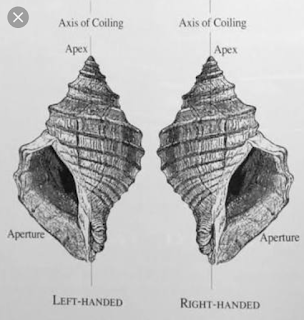Classification of Proteins

Presently there is no single system of classification of proteins is completely satisfactory. Following are the various system of classification of proteins on the basis of solubility, shape, structure, chemical composition and nature of amino acids. On the basis of solubility On the basis of solubility proteins are divided into following 7 categories . Albumin : These are soluble in water, dil. Salt solution and dil. Acids and bases. They have property of coagulation on heating and these get precipitated with high salt concentration. Example : Egg albumin, serum albumin, lactalbumin(present in milk), legumelin (present in soyabeans ). Globulin : These are insoluble in water but freely soluble in dil, salt solution. These are precipitated by half saturated salt solution. Example : Serum globulin, vitellin (egg yolk), Tuberin (potato), Myosinogen (muscles). Glutelins : These are insoluble in water and salt solution but soluble in dilute acid...









